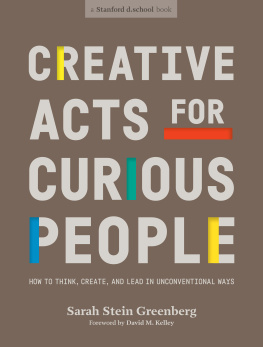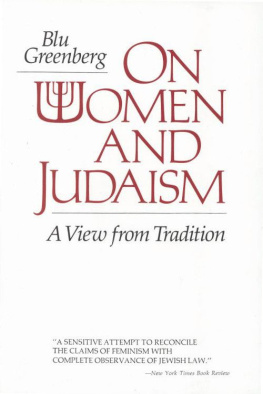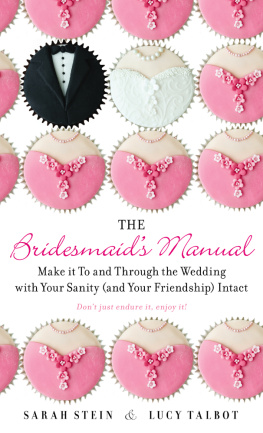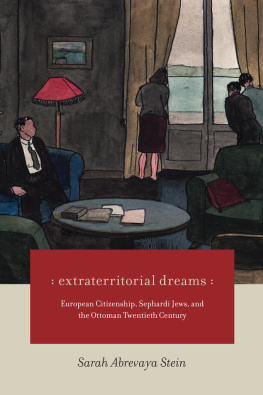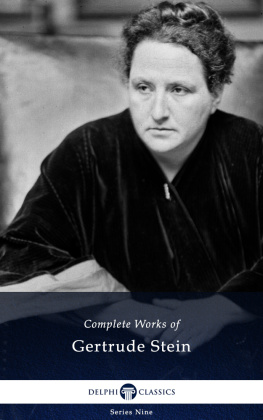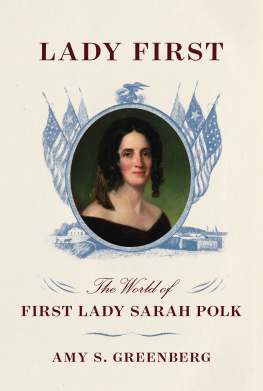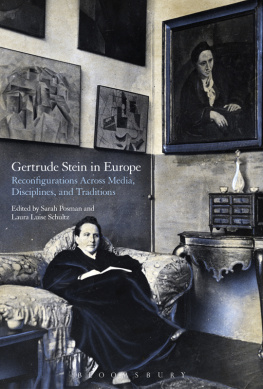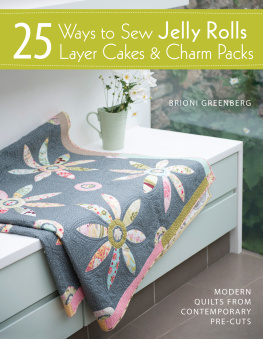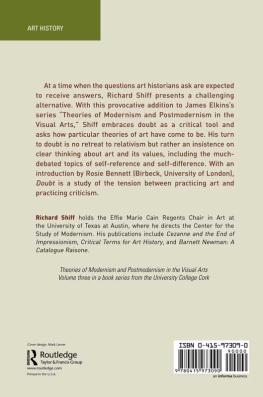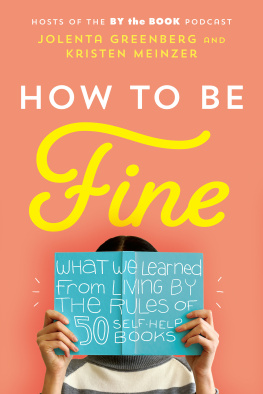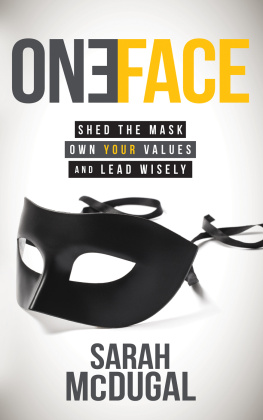Sarah Stein Greenberg - How to Think, Create, and Lead in Unconventional Ways
Here you can read online Sarah Stein Greenberg - How to Think, Create, and Lead in Unconventional Ways full text of the book (entire story) in english for free. Download pdf and epub, get meaning, cover and reviews about this ebook. year: 2021, publisher: Clarkson Potter/Ten Speed, genre: Home and family. Description of the work, (preface) as well as reviews are available. Best literature library LitArk.com created for fans of good reading and offers a wide selection of genres:
Romance novel
Science fiction
Adventure
Detective
Science
History
Home and family
Prose
Art
Politics
Computer
Non-fiction
Religion
Business
Children
Humor
Choose a favorite category and find really read worthwhile books. Enjoy immersion in the world of imagination, feel the emotions of the characters or learn something new for yourself, make an fascinating discovery.
- Book:How to Think, Create, and Lead in Unconventional Ways
- Author:
- Publisher:Clarkson Potter/Ten Speed
- Genre:
- Year:2021
- Rating:4 / 5
- Favourites:Add to favourites
- Your mark:
- 80
- 1
- 2
- 3
- 4
- 5
How to Think, Create, and Lead in Unconventional Ways: summary, description and annotation
We offer to read an annotation, description, summary or preface (depends on what the author of the book "How to Think, Create, and Lead in Unconventional Ways" wrote himself). If you haven't found the necessary information about the book — write in the comments, we will try to find it.
How to Think, Create, and Lead in Unconventional Ways — read online for free the complete book (whole text) full work
Below is the text of the book, divided by pages. System saving the place of the last page read, allows you to conveniently read the book "How to Think, Create, and Lead in Unconventional Ways" online for free, without having to search again every time where you left off. Put a bookmark, and you can go to the page where you finished reading at any time.
Font size:
Interval:
Bookmark:
Acknowledgments
This collection reflects the work of the d.school community, and that community has a home because of the efforts of the people who conceived of and led the d.school in its early years, especially the vision and entrepreneurial approach of David M. Kelley and George Kembel. Jim Plummers kindness and vision as the Dean of the School of Engineering at Stanford made space for this unusual experiment to begin. Along with all the founding faculty, I owe a great personal debt to Jim Patell, whose approach to teaching is one of deep devotion to his students, mixed with a modicum of irascibility and considerable amounts of duct tape. Bernie Roth, who shepherds the d.schools culture and academics, is our exemplar for living a life with infinite curiosity, love, and the boundless possibility of and.
A special thank you to some of the d.schools faculty contributors and advisors at Stanford: Drew Endy, James Landay, Jay Hamilton, Jen Dionne, Jennifer Widom, Jeremy Weinstein, John Dabiri, Kate Maher, Fiorenza Micheli, John Mitchell, Michele Elam, Nicole Ardoin, Persis Drell, Rob Reich, Tina Selig, Sarah Soule, Sheri Sheppard, and Tom Kenny.
My editor, Julie Bennett, was a constant champion for the needs and interests of the readers. She helped me untangle my most esoteric and convoluted ideas and find a way to wrangle a decade and a half of elaborately crafted in-person learning experiences into a completely new format. Along with the rest of the incredible team at Ten Speed Pressparticularly Annie Marino and Kelly BoothI owe her a huge debt of gratitude.
Thank you to the d.schools literary agents, Christy Fletcher and Eric Lupfer, for being among the very first people to share the vision of our big publishing dream, for their impeccable guidance that helped launch this work, for helping us decide not to make that trip to New York, and for shepherding us through many key decisions and turning points.
Scott Doorley is the standard-bearer for what finished work looks like at the d.school. He is that rare human whose mind spans the farthest reaches of a spectrum between the tiniest, most concrete detail and the biggest, most abstract concept. He can spend hours laboring over an invisible, particle-sized component that, once its right, makes everything else fall into place, and the next moment inspire a group with a perspective-altering metaphor. His leadership as the d.schools Creative Director is one of a kind. Our physical space, our curriculum, our visual idiom, and our values and capabilities as an educational organization would not be what they are without Scott, much of which shines through in the collection of assignments and ideas in this book. Of course, no one is perfect all the time. My very first collaboration with Scott was in 2006 on a student design project on coffee for which we were randomly assigned to the same group. We struggled to find a coherent focus, and it was a complete failure. Scott, I like to think weve improved as a team since then.
Charlotte Burgess-Auburn deserves enormous credit for the book youre holding right now. Its hard to find the right words to express how essential Charlotte has been to this effort and to so many endeavors at the d.school throughout our history. Charlotte has the special gift of being the how should we get this started? person on any team. To any challenge she brings her wealth of knowledge about nearly everything (costume design, where to buy rolls of fire-retardant paper, the proper technique for screen printing t-shirts, how the fog in San Francisco works, which software will soothe our temperamental vinyl cutter, how we can hang 100 kites inside from the ceiling beams) and a thousand other things that you didnt realize youd eventually need someone on hand for. Her curiosity is endless, and her brain is magically acquisitive. And everything she does comes with a huge round of laughter, humor, and friendship. Charlotte, making this book was like singing a two-year duet about our creative partnership, and Im so grateful.
Many people have deeply affected how I think about learning; some were also among the most generous and creative teachers in my life, especially Carol Corson, John Harkins, Will Terry, Meg Goldner Rabinowitz, Bill Koons, Dick Wade, and Paul Dawson.
Two other educators in my life set my standards for dedication, ingenuity, fairness, and believing in each student as an individual learner, capable of great things if their needs are met: my brother and my mom. A middle-school math teacher for much of her career, my mom used a pioneering method that required her students to write reflective journal entries after each class. Yes, she had them writing about learning math. She had a reputation for being a tough teacher, but what her students didnt see was how she poured herself into understanding each and every one of them. She painstakingly reviewed their entries, spending hours every month with student journals spread out all over the dining room table to glean insights about where each kid was thriving or struggling. She was uniquely attuned to their needs and could always show up with just the framing they needed to master a new concept. Clearly this landed for my brother, who has continued our familys tradition of involvement in Quaker educational environments and is now an innovative teacher building new models of interdisciplinary, student-driven, inquiry-based learning. Im so proud and lucky to be one part of this family of learning-oriented educators.
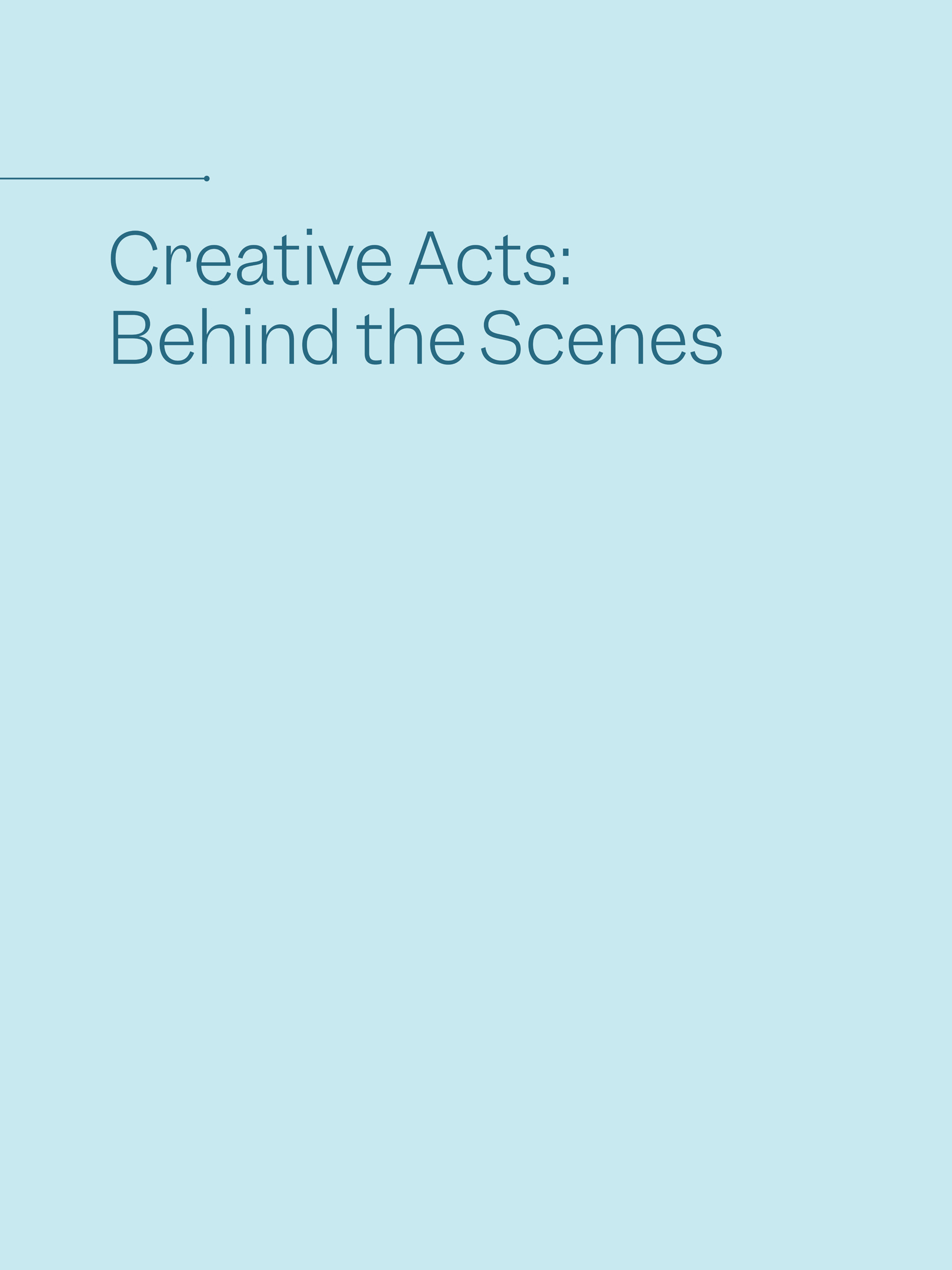
My father is an extremely handy person: a professional photographer; an extraordinary baker, sewer, carpenter, gardener; and a more than proficient plumber and electrician. I grew up seeing him endlessly tinker and create. He taught himself these skills by reading, trial and error, talking to experts, and mostly by making things. He wrote a dissertation documenting the positive effect on children of having a parent who builds things, and I can proudly say that Im living (and lucky) proof. Now retired, he volunteers at the largest tool library in Portland, Oregon, repairing broken tools and returning them to circulation so that others can borrow and use them. On many topics, learning from my dad has been the most important apprenticeship of my life, as well as the longest.
As I saw by watching him at his workbench in our Philadelphia basement, in carpentry (and all kinds of creative work) you need tools beyond just the ones you can get at a hardware store. This includes whats called a jig, which holds what youre working on in place and helps you guide a more well-known tool like a saw or a drill to modify the wood in just the right way. In many cases its not something you can buy; you have to make the jig yourself to support the exact outcomes youre aiming for, by defining the contours of a unique shape, or stopping yourself from going too far with a cut. For doing complex work well, jigs are important, even essential.
Each assignment in this book is the equivalent of a different learning jiga special tool that someone created to help you learn and make things, ideas, stories, connections, maps, and skills of your own. They hold your focus on a particular area and guide you to make use of your natural abilities in new ways.
From the start, I knew that this was going to be a book not just of design methods, but of deliberately designed learning experiences. These experiences were craftedoften in precise increments of time and detailby the hundreds of designers, educators, academics, and topical or industry experts who have dedicated their time and expertise while offering classes at the d.school over the past fifteen years. Its an extraordinary group, and the making of each of these assignments is itself a highly creative act! They spring up in response to a need to teach a skill or approach in a more personal, collaborative, or experiential way, and they evolve through student feedback, iteration, and interpretation by the many other instructors who adopt and adapt them.
Font size:
Interval:
Bookmark:
Similar books «How to Think, Create, and Lead in Unconventional Ways»
Look at similar books to How to Think, Create, and Lead in Unconventional Ways. We have selected literature similar in name and meaning in the hope of providing readers with more options to find new, interesting, not yet read works.
Discussion, reviews of the book How to Think, Create, and Lead in Unconventional Ways and just readers' own opinions. Leave your comments, write what you think about the work, its meaning or the main characters. Specify what exactly you liked and what you didn't like, and why you think so.

